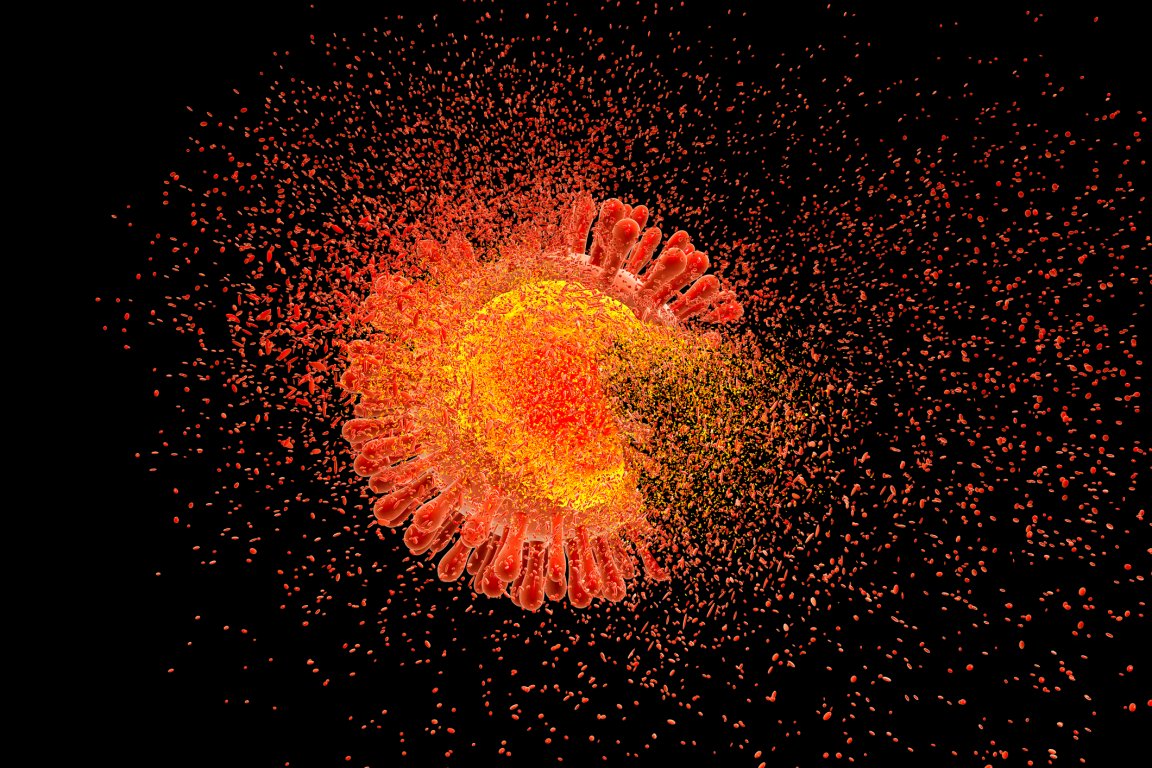
Know Your Enemy
A recent discovery from the University of Alabama at Birmingham may provide new inroads to combating the HIV-1 virus, the retrovirus that can cause AIDS. Researchers have solved the last unknown protein structure, called the cytoplasmic tail of gp41 protein, of the virus. Thanks to the tireless work of countless researchers, we now know the complete structure of HIV-1 which could provide important insight on how to properly fight the virus, as well as others with similar structure.
The discovery will also help researchers learn more about how the virus infects human cells, and how it propagates once it does. This particular protein structure plays a key role into the assembly of new viruses. “If we are able to inhibit incorporation of the envelope protein, we inhibit viral replication,” said Jamil Saad, Ph.D., the team’s lead. “This would disarm the virus and prevent disease. The cytoplasmic tail is a critical component of infectivity.”

Millions Living With HIV
According to the Centers for Disease Control and Prevention (CDC) there are an estimated 1.1 million people above the age of 13 living with HIV in the United States alone. Statistics from the World Health Organization (WHO) show that there are 36.7 million people living with HIV/AIDS worldwide.
The new insights into HIV’s complete structure could equip scientists who are researching better ways to battle the virus. Although it took arduous work and dedication from the team to finally crack the last remaining structural puzzle piece, it’s certainly paid off. As Saad stated, “It was the most challenging project I have encountered in the past 20 years. Many times I was about to quit, but I have a very persistent lab group.” The team’s work just may lead to future discoveries that would help us create new treatments, if not cures.
Much more research will be needed before researchers are able to weaponize their new knowledge against the virus. Even so, this is a monumental discovery that could be looked at as the turning point in the war against HIV infection.